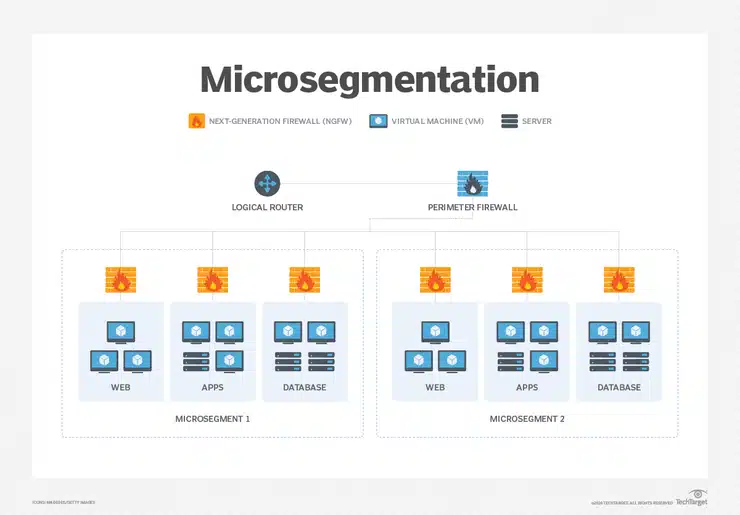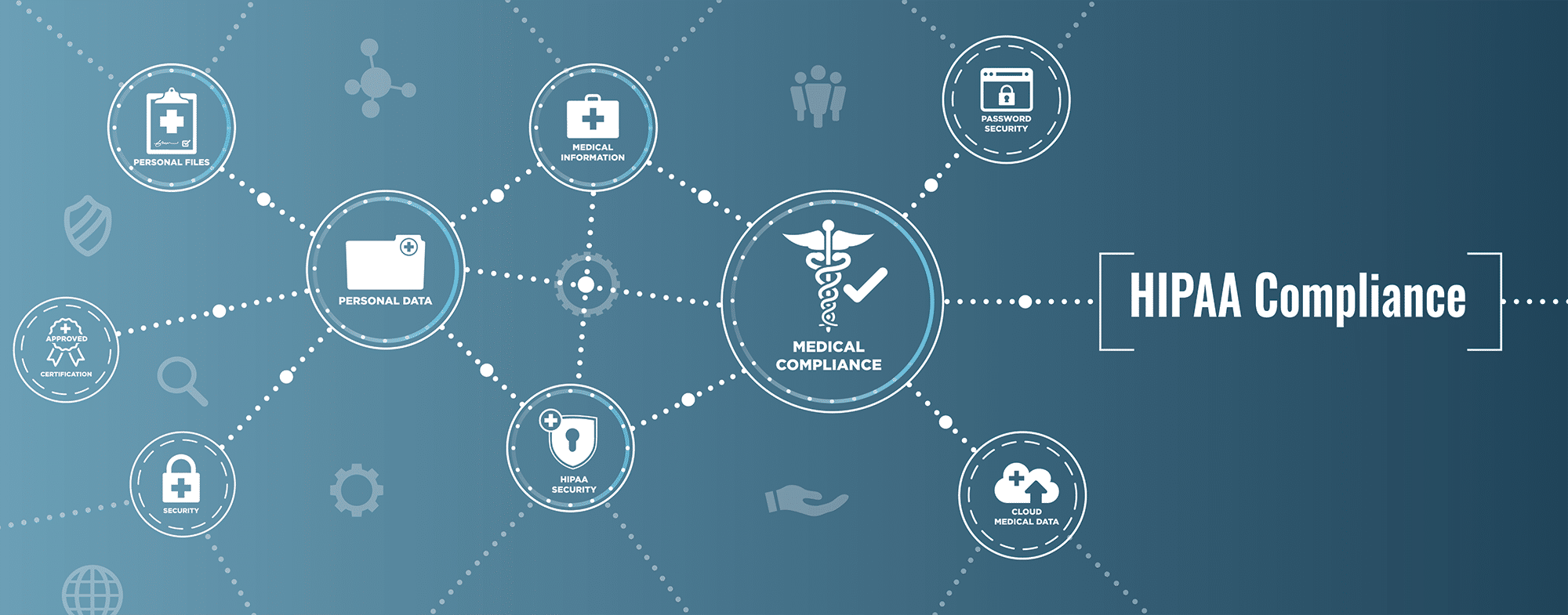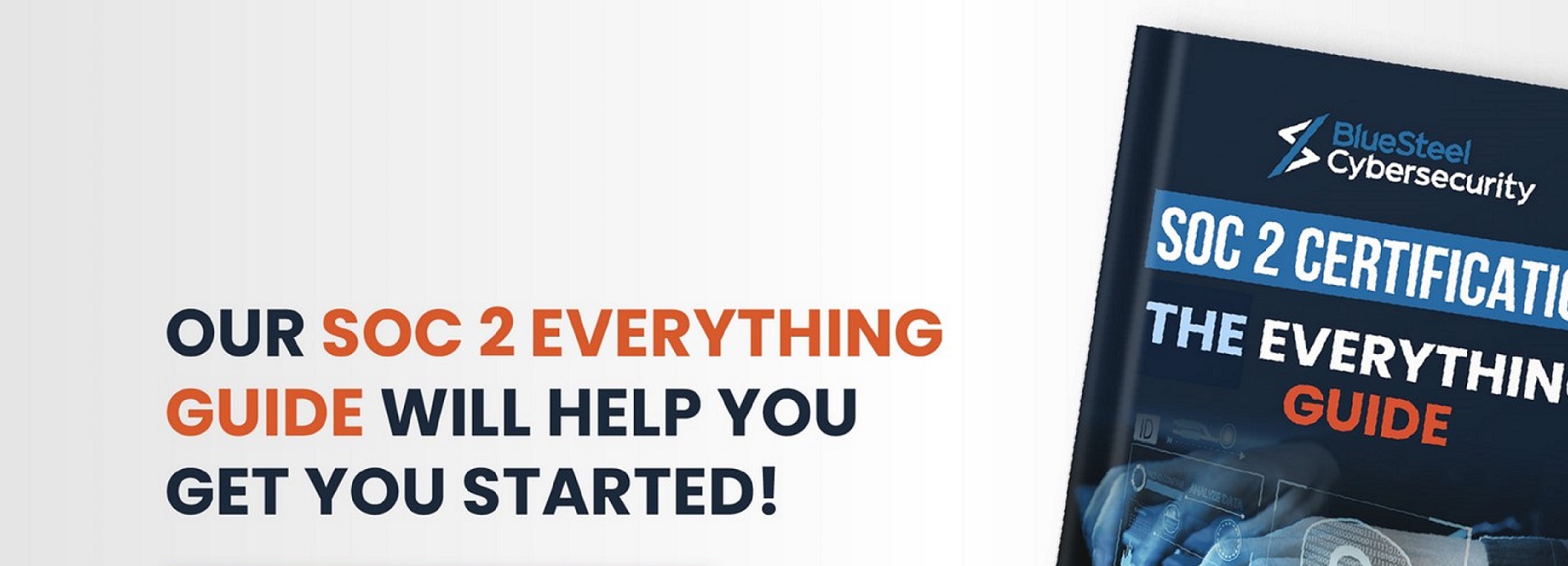Even despite the roles that password managers and 2-factor authentication (2FA) play in preventing data hacks, these tools are simply not enough yet to prevent data hacks and breaches. What is needed is a very drastic approach, such as the Zero Trust Framework, in which absolutely no entity is trusted. This is the focal point of this article.
What Exactly Is Zero Trust?
In the traditional Identity and Access Management (IAM) models, even though strong levels of authentication are more or less required, there is still an implicit level of trust that is often taken for granted. For example, the employees who have been around the longest in a business could bypass certain authentication mechanisms without being questioned at all.
But with the Zero Trust Framework, it takes this principle to yet another extreme in which nobody at all is trusted in both the internal and the external environments of your company. In other words, it is not just end-users, but even devices and the higher-ranking members of both the C-Suite and the Board of Directors that cannot be trusted at all. In order to gain access to what is needed, all of these entities must be fully vetted and authenticated to the maximum level possible.
The use of Multifactor Authentication (MFA) is required, in which at least three layers (preferably even more) are used to order to 100% fully verify the device or the end-user in question.
In fact, a key distinction with the Zero Trust Framework is that it is not typically used for just enhancing the primary lines of defense for the business. Rather, this new way of thinking in Cybersecurity is further extended to protect each and every server, workstation, and other assets that reside from within the IT infrastructure boundary. This is also known as “microsegmentation”, and is illustrated in the diagram below:

(SOURCE: https://searchsecurity.techtarget.com/definition/zero-trust-model-zero-trust-network)
The Zero Trust Framework also consists of the following components:
- Policy Enforcement and Orchestration Engines;
- High levels of encryption;
- Stronger levels of Endpoint Security;
- Role-Based Access Control (RBAC);
- Logging and Analytic tools.
How To Implement the Zero Trust Framework
Deploying this takes a lot of planning and should be done in a phased-in approach. The following are key areas that you need to keep in mind as you deploy it:
- Determine the interconnections: In today’s environment, your digital assets are not just isolated to themselves. For example, your primary database will be connected with others, as well as to other servers, which are both physical and virtual in nature. Because of this, you also need to ascertain how these linkages work with one another, and from there, determine the types of controls that can be implemented in between these digital assets so that they can be protected.
- Understand and completely define what needs to be protected: With Zero Trust, you don’t assume that your most vulnerable digital assets are at risk. Rather, you take the position that everything is prone to a security breach, no matter how minimal it might be to your company. In this regard, you are taking a much more holistic view, in that you are not simply protecting what you think the different potential attack planes could be, but you are viewing this as an entire surface that needs 100% protection, on a 24 X 7 X 365 basis. So, you and your IT Security team need to take a very careful inventory of everything digital that your company has, and from there, map out how each of them will be protected. So rather than having the mindset of one overall arching line of defense for your business, you are now taking the approach of creating many different “Micro Perimeters” for each individual asset.
- Crafting the Zero Trust Framework: It is important to keep in mind instituting this does not take a “One Size Fits All” approach. Meaning, that what may work for one company will not work for your business. The primary reason for this is that not only do you have your own unique set of security requirements, but the protection surface and the linkages that you have determined will also be unique to you as well. Therefore, you need to take the mindset that you need to create your framework as to what your needs are at that moment in time, as well as considering projected future needs as well.
- Implement how the Zero Trust Framework will be determined: The final goal to be achieved is how it will be monitored on a real-time basis. In this particular instance, you will want to make use of what is known as a Security Information and Event Management (SIEM) software package. This is an easy-to-deploy tool that will collect all of the logging and activity information, as well as all of the warnings and alerts, and put them into one central view. The main advantage of this is that your IT Security Team will be able to triage and act upon those threat variants almost instantaneously.
Conclusions
Right now, it is this kind of model that will help defend against data leakages and hacks from occurring in your business. Just like anything else, it too has advantages and disadvantages and a proper security assessment to determine what makes sense for your organization is the best place to start.
Reach out today to talk with one of our cybersecurity experts in USA to learn how Zero Trust can help your organization.






